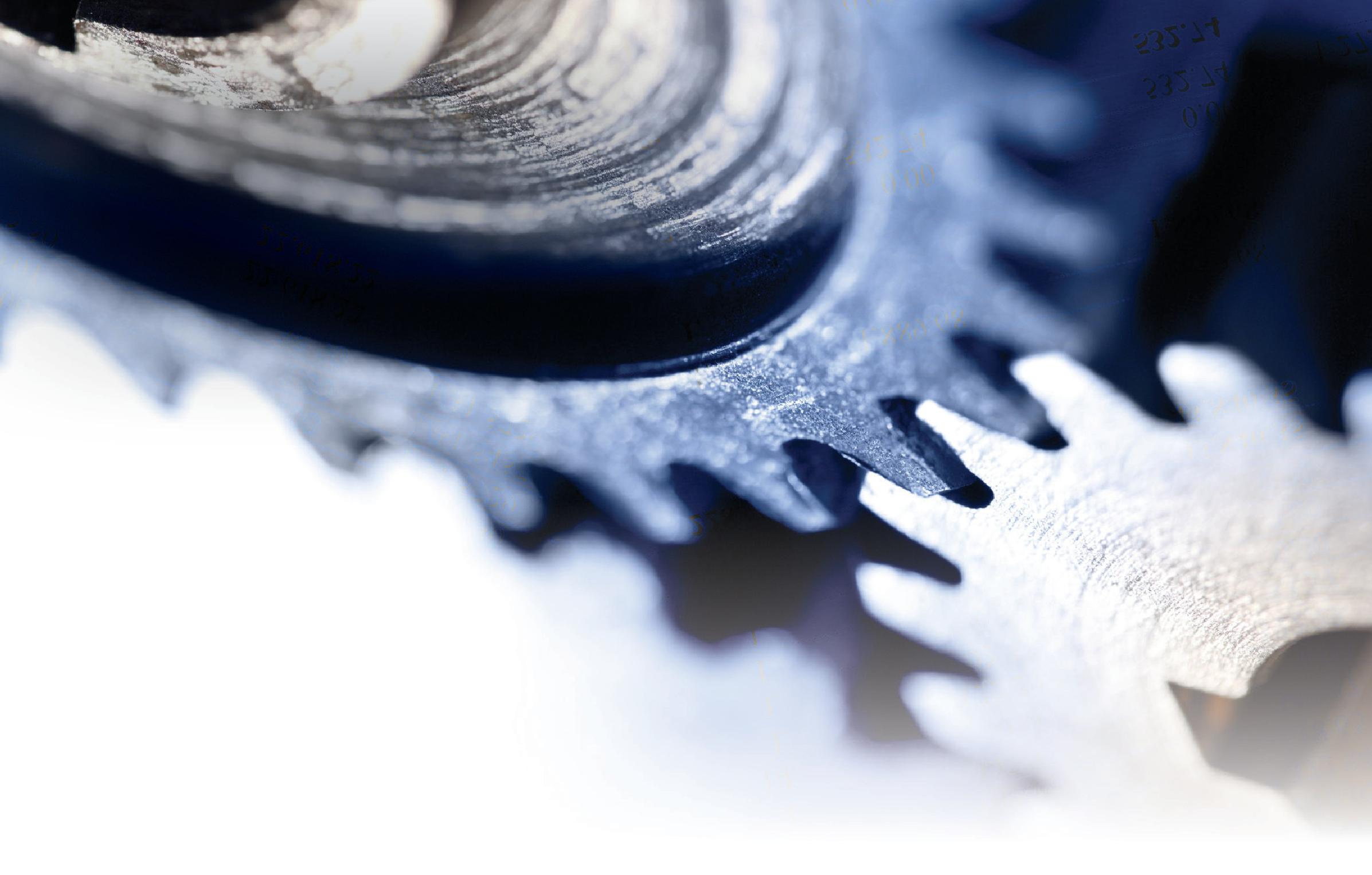
Last summer I spent some time trying to decide on the best gear ratios for my bike. Back in the very early days of cycling — when the ‘ordinary’ bicycle had one big wheel at the front and a much smaller one behind (Figure 1) — there was no such issue, because the pedals were connected directly to the front wheel.
One turn of the pedals meant one turn of the wheel and the machine moved forwards a distance equal to the circumference of the wheel, which is πD (D being the wheel diameter). A bicycle with a larger front wheel would go further with each turn of the pedals and for any given rate of rotation of the pedals it would go faster.
Your organisation does not have access to this article.
Sign up today to give your students the edge they need to achieve their best grades with subject expertise
Subscribe




